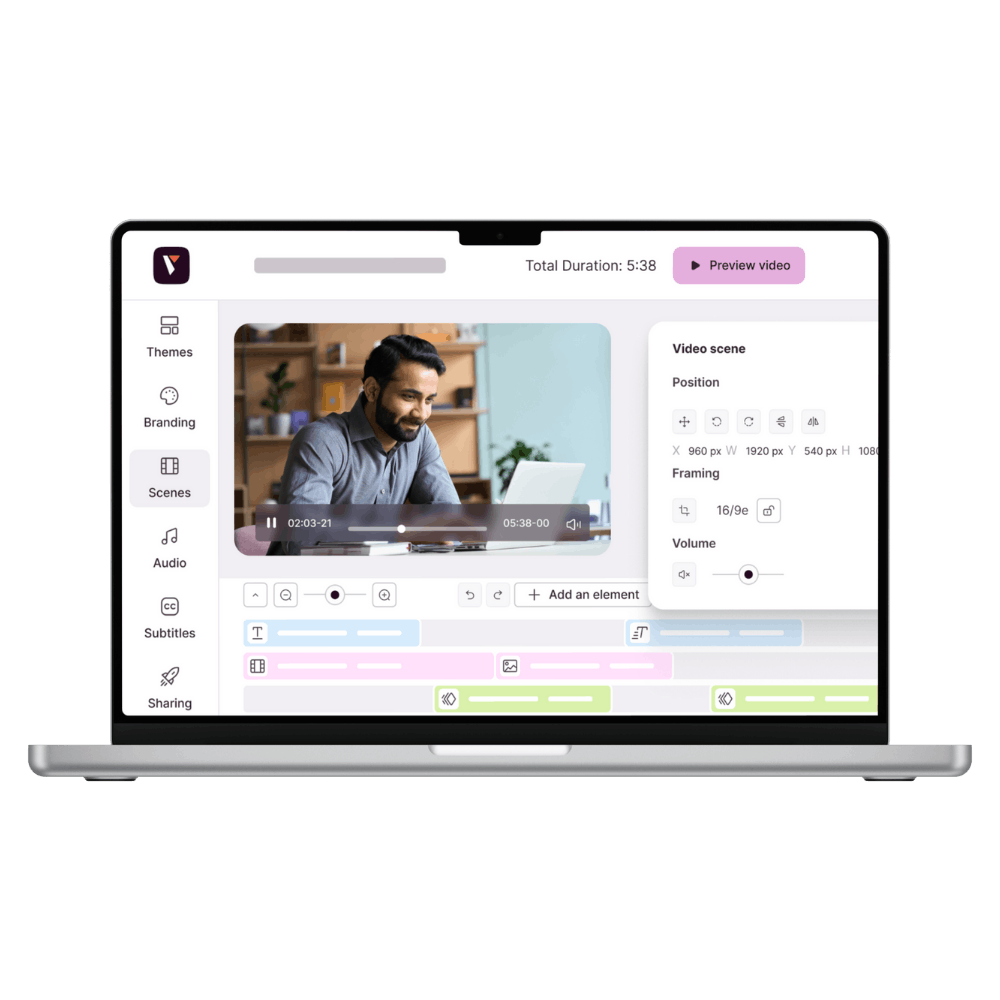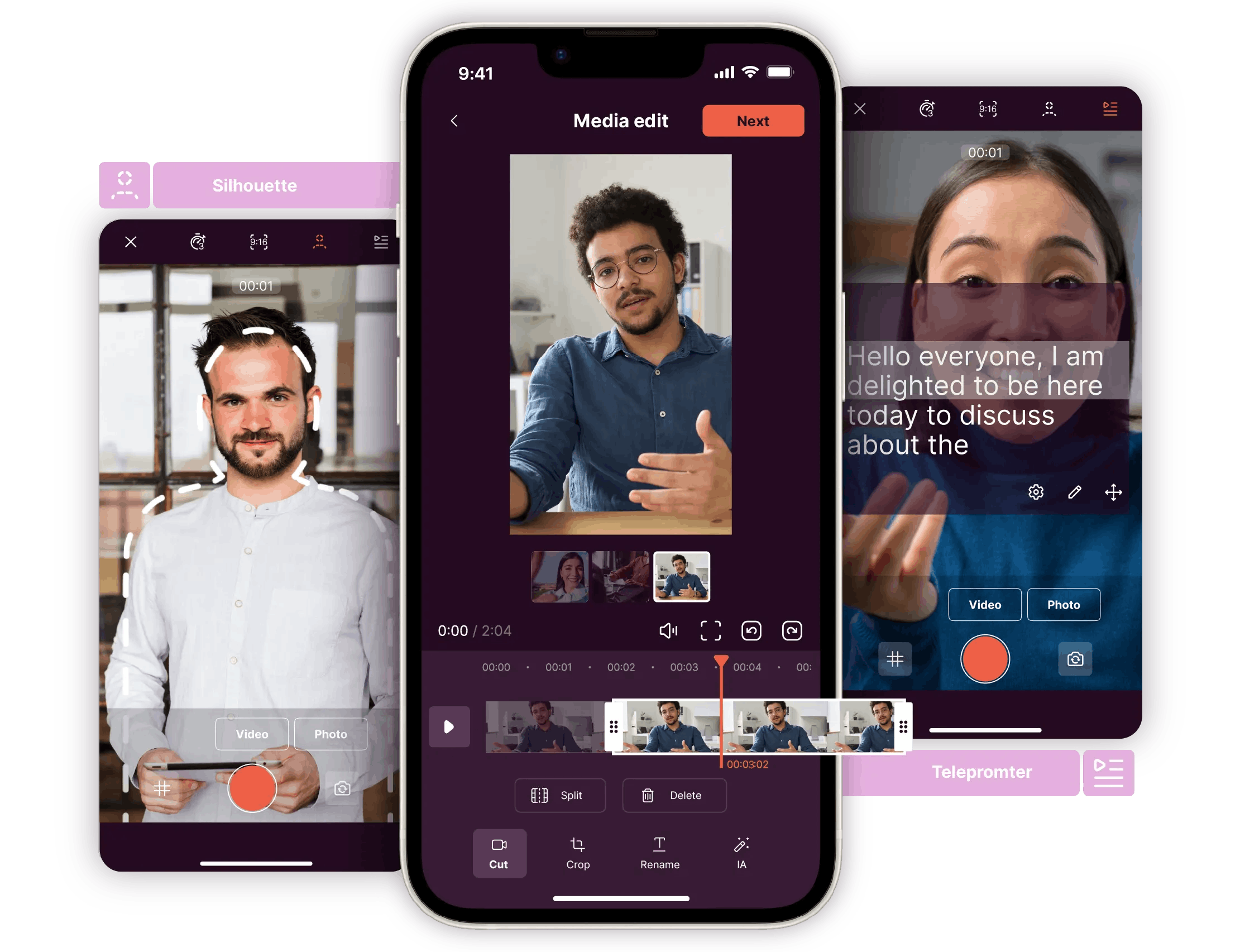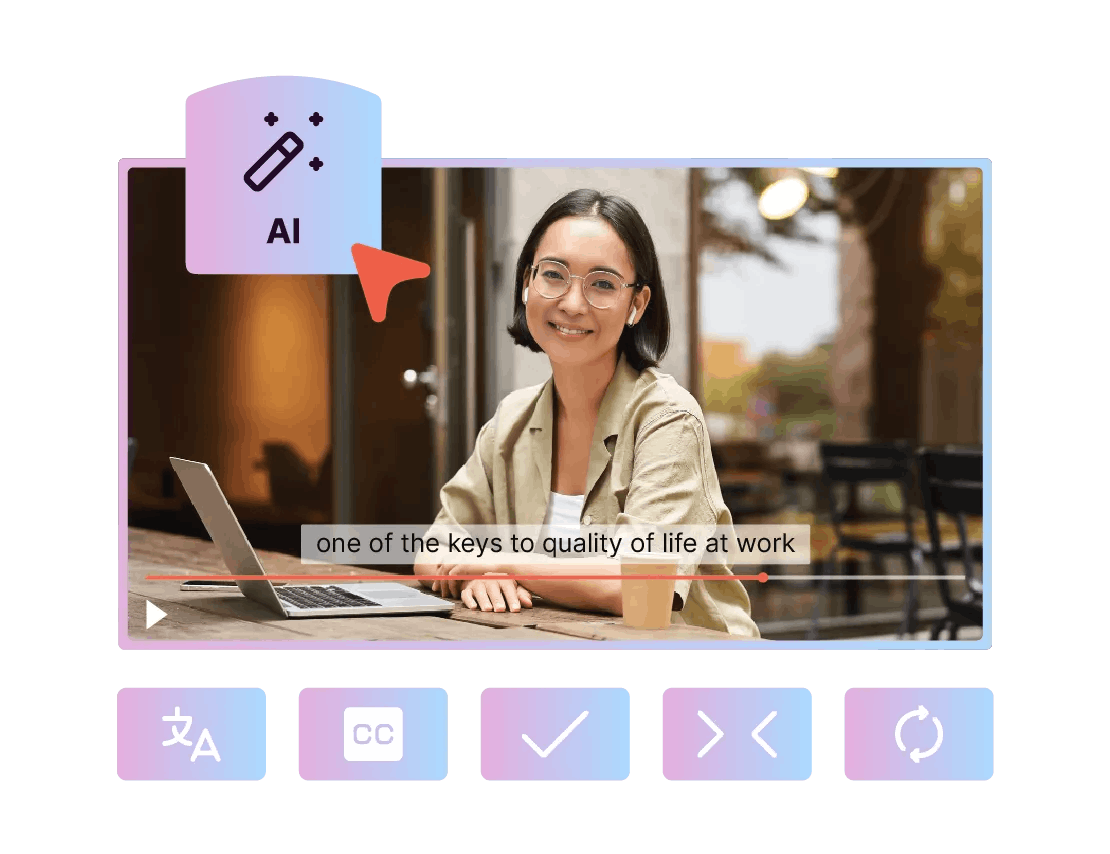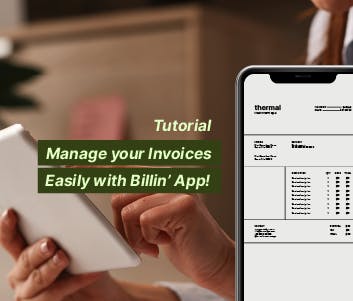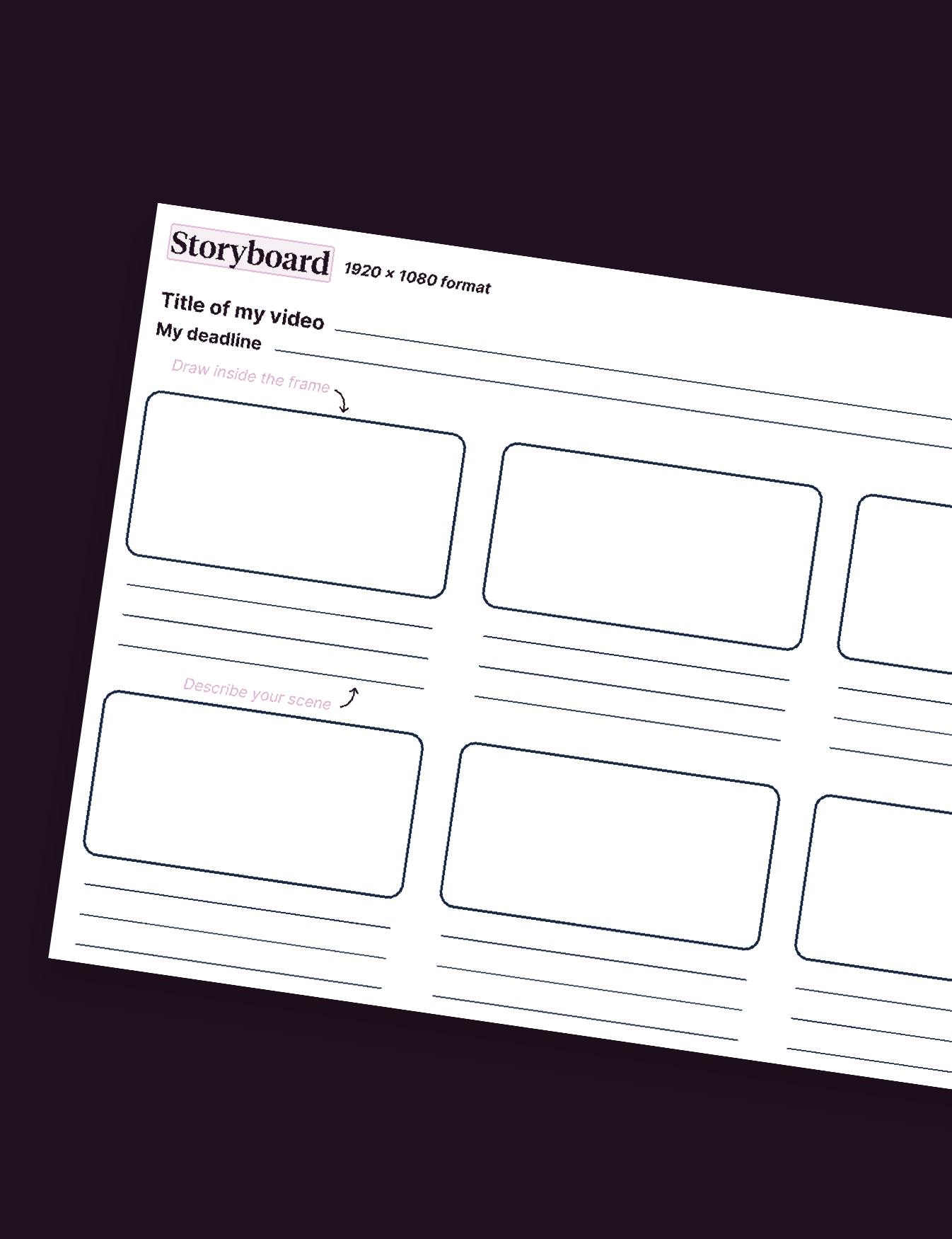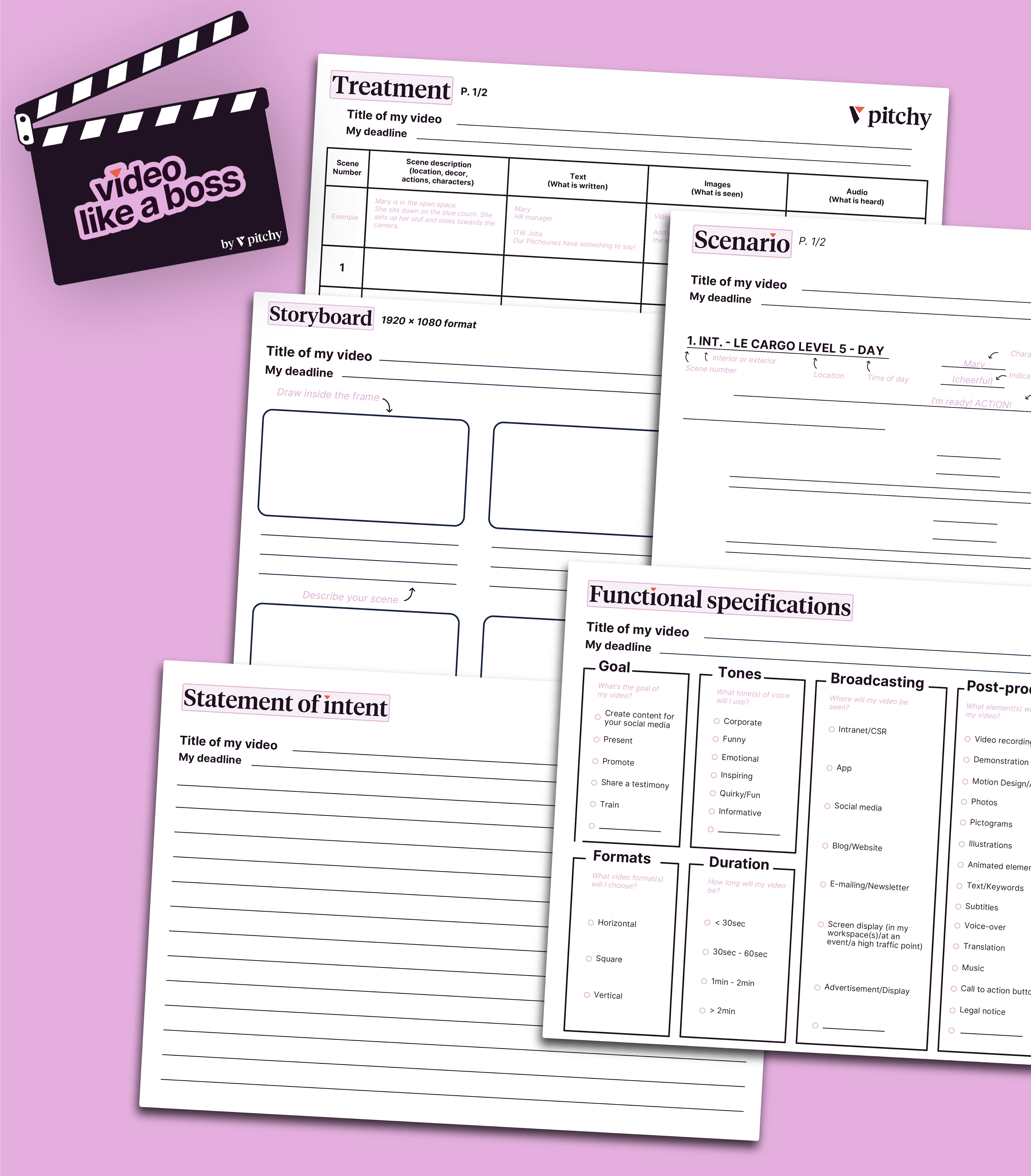5 Steps for a Successful Client Onboarding

🎬 Quick Summary | 🕓 Updated November 5, 2025
🎯 Goal of this article: understand how onboarding videos can make your client and customer onboarding process smoother, faster, and more engaging while strengthening long-term relationships and brand trust.
🧰 What you’ll learn: the 5 key steps to build a successful onboarding experience, how to personalize it for each client, and why video is the most effective tool to educate, support, and retain your customers.
✅ Bonus: discover great examples from companies like Google, MAC, and Canva, and get practical tips to create your own onboarding videos that save time and boost customer satisfaction.
👥 Who it’s for: Customer Success teams, marketers, HR professionals, and business owners looking to improve their client onboarding workflow and deliver a great first impression.
Client Onboarding means welcoming and guiding newcomers into your world, and video makes this moment more engaging than ever.
The term “onboarding” often brings to mind new employees settling into their roles, meeting teams, and discovering company values. Many HR teams now use short videos to make these first days more dynamic and memorable. It’s a great way to start the adventure on the right foot.
But onboarding goes beyond internal communication. More and more companies are extending this warm welcome to their new clients as well. A clear and friendly onboarding video helps them understand your product and feel supported to start the collaboration with confidence.
Ready to make every first impression count? Discover why video is the perfect tool to simplify your onboarding process and strengthen every new relationship.
What is a client onboarding video and why should you use it?
A client onboarding video welcomes new customers into your brand’s world. It gives them a clear view of your product or service and explains how to get started. It introduces the people or values behind your company. This first contact helps clients understand what to expect and how your solution will support their goals.
Beyond sharing information, onboarding videos bring real advantages for your business and your clients:
- You stand out from competitors, since few companies take the time to create a visual and engaging onboarding experience.
- You reflect a brand that values clarity, connection, and customer success.
- You save time, as clients become more independent and confident using your product or platform.
- You strengthen long-term loyalty, because clients feel guided and supported from the very beginning.
With the right video, onboarding becomes an experience that builds trust and sets the tone for a lasting partnership.
What are the types of client onboarding videos?
You have several types of onboarding videos. To make a great onboarding process, you can combine multiple videos to achieve your goals towards your new clients.
Welcome videos
Welcome videos share a personal message from your company to new clients. They can feature your CEO, account manager, or key members of your team who will work directly with the client. This type of video creates an immediate sense of connection and helps new clients feel confident and comfortable from the very first interaction.
The company policies video
These videos help new clients understand the key principles and guidelines that shape how your company operates. They can include essential information such as:
- data protection and privacy rules,
- cybersecurity practices,
- service-level commitments and confidentiality standards,
- compliance and ethical business policies.
The knowledge transfer video
These videos are designed to share essential information that helps new clients understand how your company works and how you will collaborate together. They often include:
- recent and ongoing projects or case studies,
- key steps and responsibilities within the client’s onboarding journey,
- an overview of the teams and processes supporting their account,
- introductions to main contacts and points of communication,
- additional insights such as timelines, milestones, or upcoming deliverables.
Training videos tutorial videos
Even when clients already understand your product or service, they often need guidance to use it efficiently. Training or tutorial videos are the easiest way to help them become confident and autonomous.
Video learning allows you to do two main things:
- divide information into short, clear modules so clients can learn at their own pace,
- build a resource library they can access anytime to review specific features or processes.
Why should you use client onboarding video in your recruitment process ?
Onboarding videos are powerful tools that bring value to both companies and their clients. They make the first interaction clear and engaging. It's easy to follow and helps every new customer understand how your product or service fits their needs.
Engagement
One of the best features of onboarding videos is that they are engaging. Indeed, studies have consistently shown that 95% of users are more likely to retain information they see on video. On the other hand, only 10% of users retain information found in a text. For this reason, companies must create effective video content that stimulates interactivity with their viewers.
Opportunity for progressive learning
Onboarding videos allow new clients to discover your product or service and allow them to process at their own pace. If something isn’t clear, they can simply rewatch the video whenever they need. This flexibility makes onboarding videos ideal for creating content adapted to different client profiles, whether they’re new users, key partners, or teams working remotely.
Accessibility to multiple videos, for all types of clients
Another advantage of onboarding videos is their easy access on any device. As a versatile tool, the content can be shared through cloud storage, embedded on your website, or hosted on private platforms such as a YouTube or Vimeo channel.
Clients only need an internet connection to access the video whenever they want, whether they are in the office or on the go.
Customisation
Onboarding videos can be tailored to fit the specific needs of each client or project. You can create personalised content that highlights the features most relevant to each client and focuses on specific use cases or workflows tailored to their needs
These videos can also be shared privately, ensuring that sensitive information remains secure. In this case, the onboarding team can prepare scripts adapted to each client’s goals and expected results.
Main benefits of client onboarding videos: a cost-effective and time-saving tool
Client onboarding videos help companies save both time and money. They are far more efficient than traditional methods such as long calls, PDF guides, or written tutorials.
Studies show that using video during the onboarding process can reduce the time needed to train new users by up to 90%. Clients quickly learn how to use your product or service, become more autonomous, and need less support from customer service teams. As a result, your team can focus on higher-value and more strategic tasks.
What are the five steps of customer onboarding?
Identify your clients’ needs
Before you even begin creating the video, it’s important to understand what your new client wants from you.
For example, at Pitchy, for 8 years, we have offered an online video creation platform, allowing companies to create their own video content without technical skills.
But, before starting, we need to know several things:
In what context(s) do our new clients need to edit videos ?
- To introduce newcomers ?
- To announce an event ?
- To do internal training?
- How often?
- Interviews ?
- Product presentations ?
- Event teaser?
- Event retrospective ?
Here are some other ideas for questions to ask your clients:
- What is the top problem the company is currently facing?
- How has the company tried to solve this problem?
- On a scale of 0 to 10, is the customer satisfied with the solution?
- How does your solution/service contribute to solving this problem and meeting other business needs?
- Do you feel that our solution delivers what was promised to you? Is it a win-win situation?
- On a scale of 0 to 10, would you recommend our solution to a friend or acquaintance?
Depending on the answers, you can provide your expertise, and thus guide the customer the best way possible. To do so, don’t hesitate to draw up a standard questionnaire on Google Forms, for example, to identify the most suitable solution.
Personalise each client’s onboarding process
There are as many different requests as there are different clients.
As we saw above, Pitchy’s clients don’t come to us for the same reasons. It is therefore important to ensure that we personalise the onboarding of each one of them.
For example, some of our clients, who are already somewhat familiar with video, will want to use this type of content during onboardings. As you can see in the video below, the announcement of the onboarding process is made in 3 distinct stages, with personalisation, the person’s first name.
Make sure that the client is satisfied in no time
If the client feels that he is not getting the expected results quickly enough, it’s very simple: he is likely to go elsewhere. It’s the rule of competition between service providers. Your reactions must therefore be almost instantaneous. You must be operational very quickly, and create a bond of trust and follow-up. Think about these several things:
- With a tutorial video (or a streamlined presentation), quickly explain how to use your platform or service. To motivate your customers and make them winners, have a different approach, and reward them or congratulate them at each step of the way. You can even create a system of diplomas or certifications.
- Create a human bond with your company, and not a cold and impersonal chatbox. It is important to name the person in charge of the customer, and to put a face on their name. Don’t hesitate to organise regular face-to-face video sessions, on Zoom or Google Meet. It’s always better than an automaton! This way, you can offer them a unique experience. Go digital!
- Create triggers on a regular basis, especially if the customer has not used your platform or service for some time. Triggers include: the new login page, informative emails, cool videos – edited by you to check in – or A/B tests.
Get your customers to find things out for themselves
Beware: if in your onboarding tutorial you do everything instead of the customer, they will not know how to do anything without your help. You must therefore offer quality teaching, explaining in detail how your tools work.
But, after the explanation, make sure that the clients can do it themselves. Do not hesitate to include in your onboarding process a time for them to practice, to see if the client has understood well and knows how to use the tool autonomously, as if they were an expert, or almost.
Another tool that can be used during this “review”, is a checklist of tasks that the client absolutely must complete by himself.
Structure your team and optimise customer onboarding
Within your company, a team should be specifically in charge of customer onboardings, probably the Customer Success Management team. After all, who knows your customers and the problems they are likely to encounter better than they do?
Structuring the customer onboarding team means that:
- each team member is assigned a portfolio of customers,
- each team member knows the tool and how to answer a Q&A session,
- each team member knows who among the client companies are the users of the tool,
- there is a clear and awesome customer onboarding process, known by all,
- similar difficulties experienced by different customers should be escalated internally: it may be a service failure, or an optimisation to be considered.
Key Takeaways and Best Practices
To create great onboarding videos, you must:
- Keep it short and focused
- Use a friendly tone that matches your brand personality.
- Add light humor or relatable moments
- Focus on how your product solves real client challenges.
- Show your team
- Include simple visuals or motion graphics
- Maintain a clean rhythm
- End with a clear next step (demo, tutorial, contact)
- Adapt the content for different audiences
- Keep the tone consistent with your company’s communication style
Would you like to use video for customer onboarding? Request a demo of the Pitchy solution
3 Examples of Great Client Onboarding Videos
Example 1: Slack - The Power of Clarity and Speed
A 45-second onboarding video that gives new users a fast, engaging tour of Slack’s core features, from channels to huddles. It shows immediate value without overloading details. The video’s strength lies in its concise storytelling and logical flow, making complex collaboration feel simple and intuitive.
Example 2: Dropbox - Real Use Case, Real Efficiency
Dropbox showcases how Dr. Mike and his team use Dropbox Professional in their daily video production. The onboarding focuses on secure file sharing, collaboration, and workflow organization. It’s clear, relevant, and perfectly suited for creative professionals who want to see practical value in action.
Example 3: Notion Culture
Notion’s “What is Notion?” The video combines tutorial and storytelling. It walks viewers through creating pages, organizing content, and managing projects in real-world contexts. The calm tone, intuitive visuals, and motivational close make it both instructive and inspiring, turning a product demo into an invitation to create.
Writer’s Note
The first moments of a client relationship often define everything that follows. When communication feels sincere and visual, it becomes easier to follow each step and connect with the people behind the product. A good onboarding video can replace long explanations with a sense of presence and understanding. It creates a bridge between two sides that are still discovering each other, and turns a simple introduction into the beginning of a relationship built on clarity and trust.
Make client onboarding the best part of the journey
Every new relationship begins with a first impression.With the right onboarding video, that moment feels memorable and full of energy, while staying clear and engaging. It’s the easiest way to help new employees or clients understand your world, feel guided, and start on solid ground.
With Pitchy, you can bring this experience to life in minutes without the necessity of having any technical skills or even any editing stress. Just ready-to-use templates and intuitive tools for professional results every time.
Start your next onboarding video with Pitchy today. Book your free demo
Resources
Most popular resources

How to make a video tutorial easily and quickly?
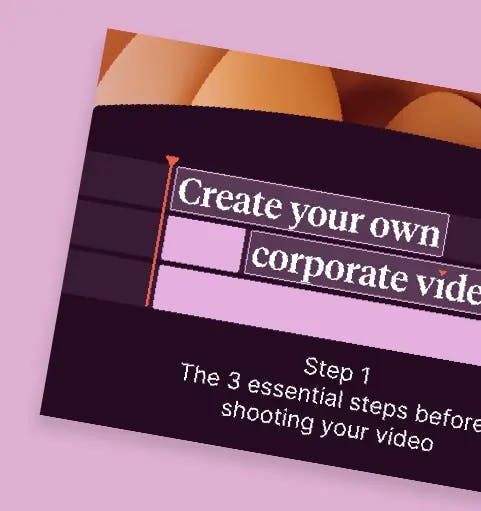
Master the initial phases of a video project!
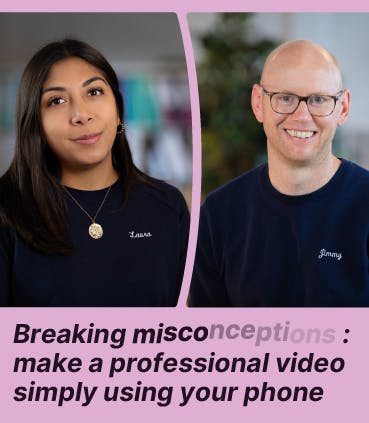
How to make a professional quality interview with a smartphone? Watch the replay now!
